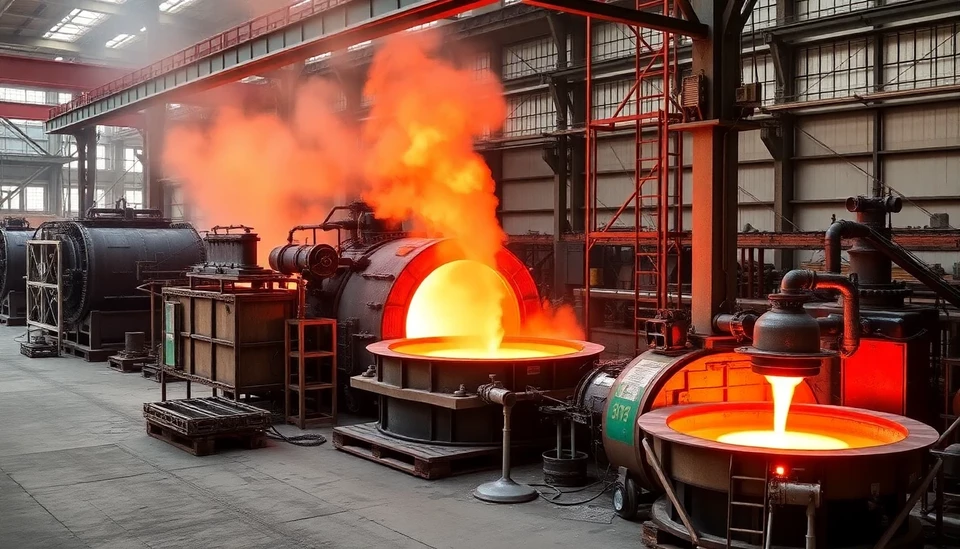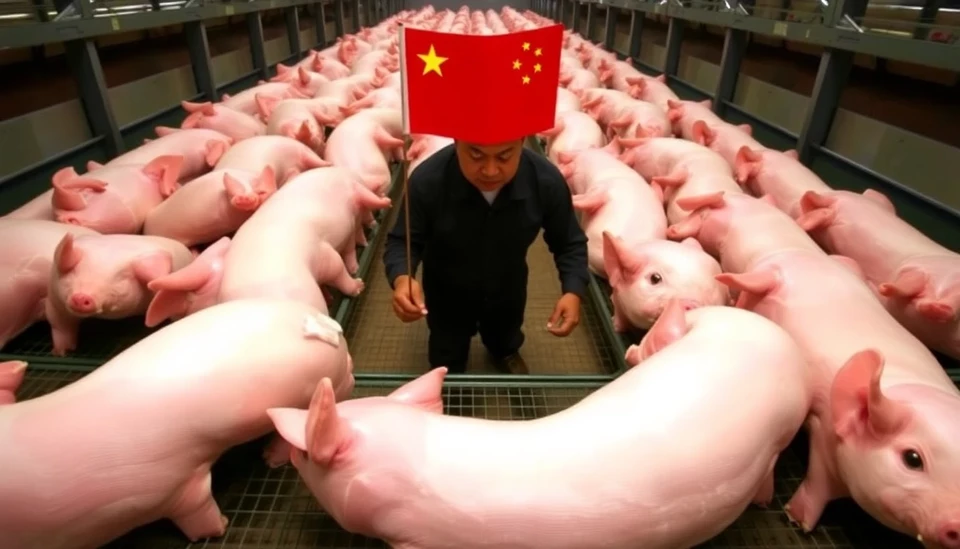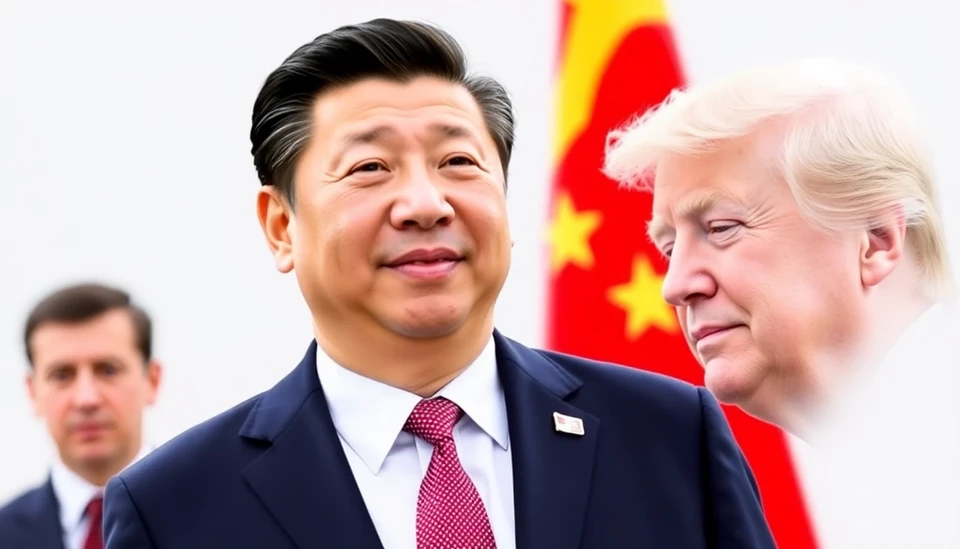
In a significant shift for the global copper market, China has tempered its copper smelting expansion amid evolving economic dynamics. This change marks a notable deviation from the unprecedented growth that defined the past several years, reflecting a more cautious approach as the industry grapples with fluctuating demand and environmental regulations.
For years, China's copper smelting industry has been on an aggressive growth trajectory, driven by surging demand for the metal in various sectors, including construction and electronics. However, recent developments indicate that the pace of this growth has slowed. Smelting operations, once expanding at breakneck speed to meet domestic demands and international market needs, are now facing headwinds that have led to a reassessment of production strategies.
Economic experts suggest that this moderation is partly due to a cooling property market and sluggish industrial production, which have reduced the overall demand for copper. The government’s increased focus on sustainable development and stricter environmental regulations also contribute to the industry's shift. Smelters are now pressured to adopt cleaner technologies and practices, leading to a significant increase in production costs and a subsequent slowdown in expansion plans.
Additionally, analysts have noted that the global copper market is experiencing its own set of challenges. With rising inflationary pressures and geopolitical tensions affecting trade dynamics, the copper supply chain is under strain. China's changes in smelting output can have ripple effects across the globe, as the country stands as one of the largest consumers and producers of copper. Market observers are closely monitoring these developments, as a slowdown in China's copper smelting could affect copper prices globally, which have seen fluctuations in recent months.
While the industry braces for a period of adjustment, there remains a consensus among experts that the long-term prospects for copper consumption remain strong. With increasing investments in renewable energy and electric vehicles, the fundamental demand for copper is expected to grow. However, the smelting industry's current phase reflects a necessary recalibration, focusing on sustainable practices rather than merely fuelling expanded production capacity.
As the situation unfolds, stakeholders in the copper and broader metals markets are advised to stay vigilant regarding China's policy shifts and economic indicators, which could provide critical insights into future market trends. With this newly adopted cautious approach, the Chinese copper smelting industry may well redefine its future path towards a balance of growth and sustainability.
As China navigates the complexities of its copper smelting operations, it raises the question of whether this strategic moderation can serve as a blueprint for other nations seeking to manage their industrial growth while prioritizing environmental responsibility.
With the global economy in a constant state of flux, only time will tell how these developments will shape the future of copper production and consumption on the world stage.
#China #Copper #Smelting #MarketTrends #Sustainability #IndustryGrowth #EnvironmentalRegulations #Electronics #Construction
Author: Daniel Foster




